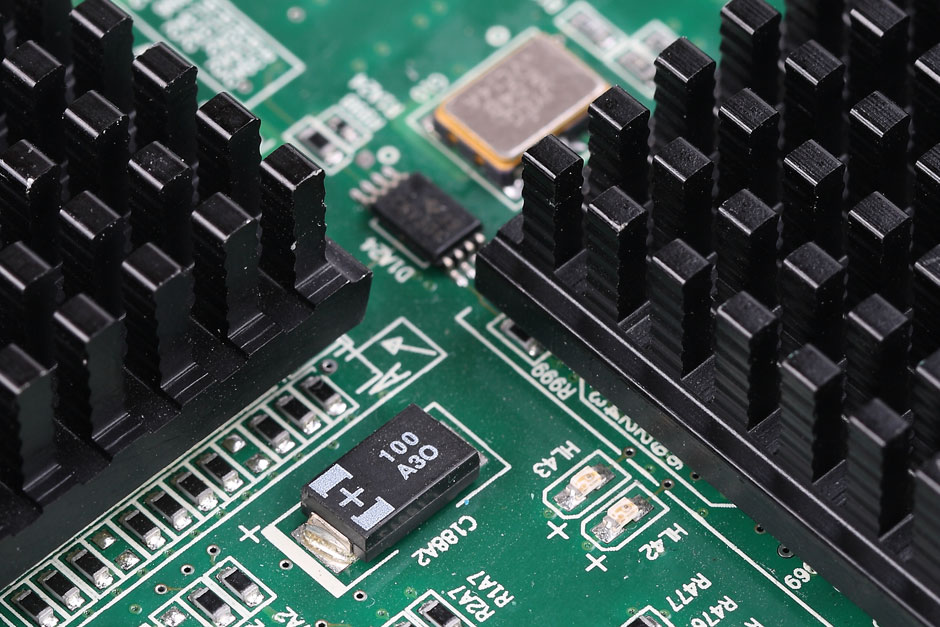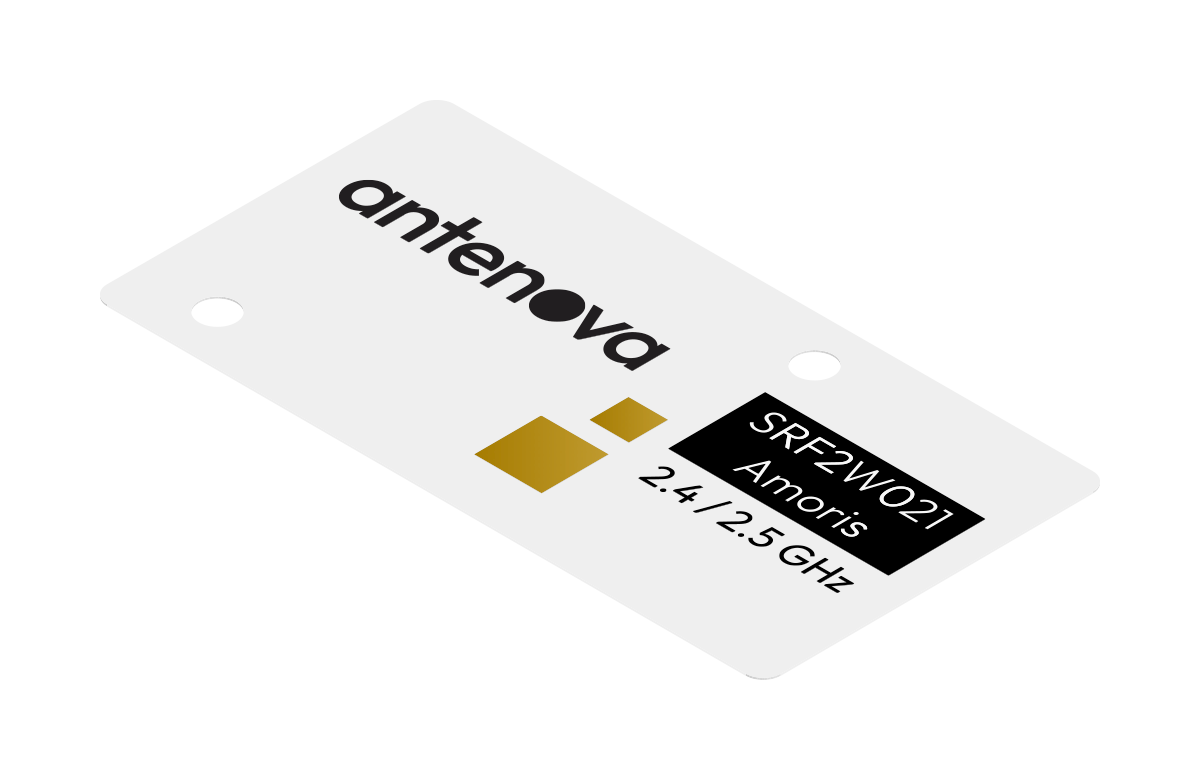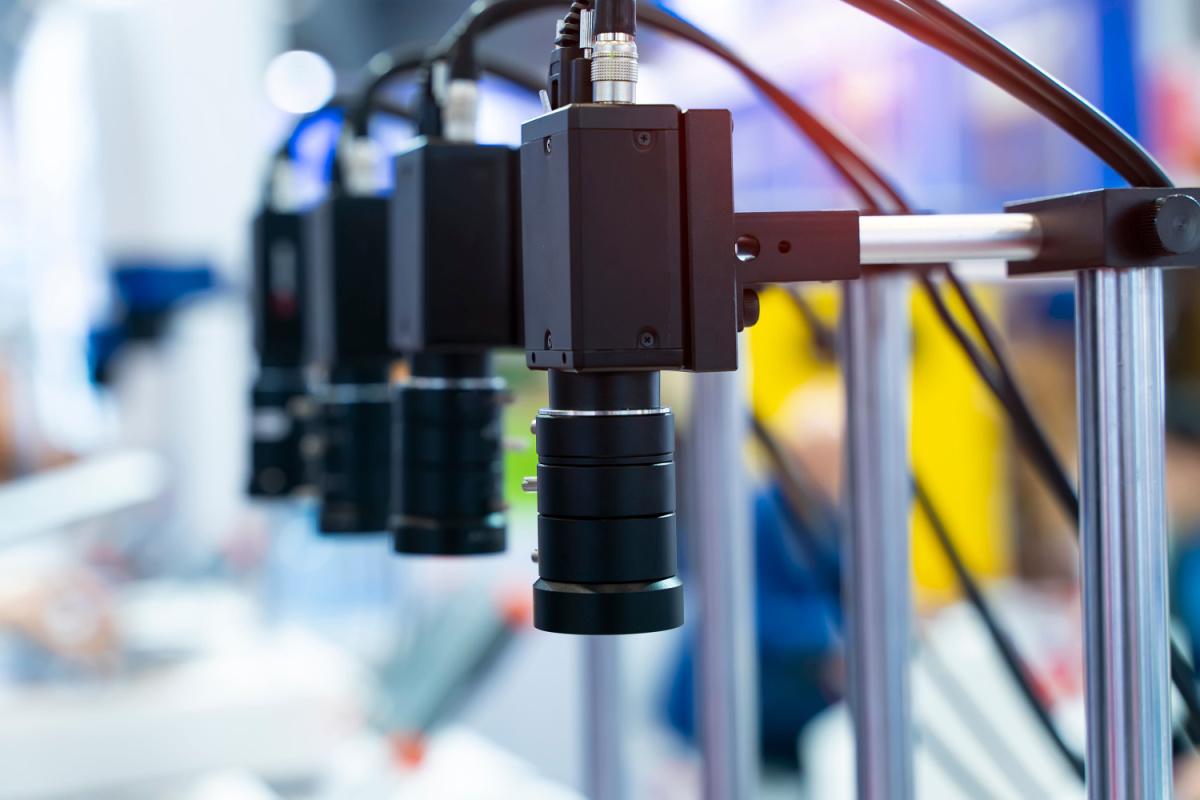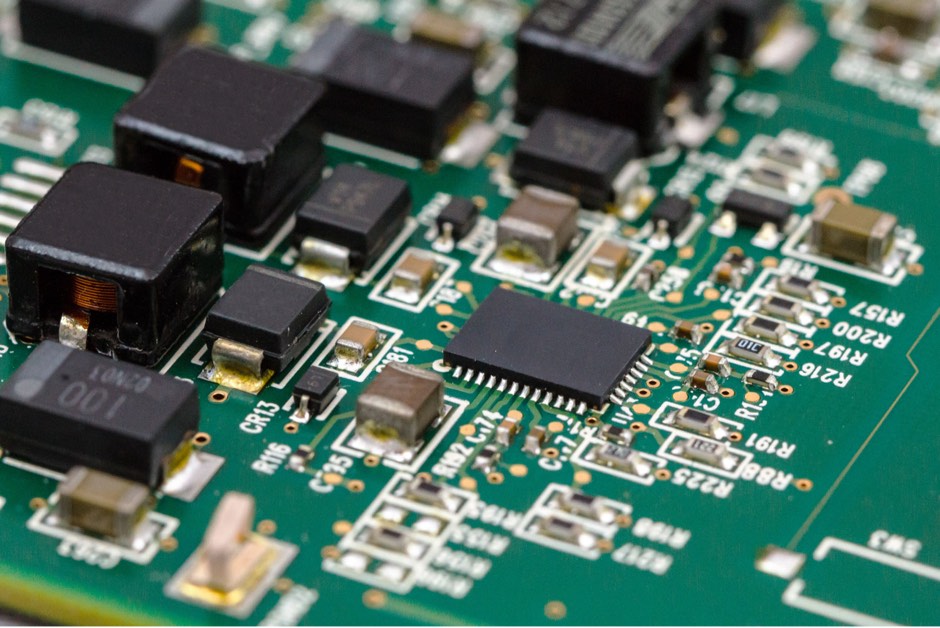4G/LTE Antennas: PFC, SMD and Ceramic
4G/LTE is the fourth generation of broadband cellular technology that was released in 2009. It brought with it significant upgrades from the existing 3G network in terms of speeds and bandwidth. In 2010, its definition was expanded to include Long Term Evolution to further increase capacity and speed using a different radio interface together with core network improvements.
What are the features of 4G/LTE?
Since its introduction, 4G/LTE has become well-established and widely available, with a strong track record for reliability and network stability. Currently, 4G/LTE works in parallel with 5G networks, each offering different features for specified applications.
4G/LTE exhibits realistic peak speeds of around 35 Mbps, latency at approximately 50ms, and a device density of 2000 devices per square kilometre. The cellular technology operates on a wideband network, ranging from 700 MHz to 2600 MHz frequency bands. Because of this, devices need multi-band LTE antennas in order to provide sufficient speeds on wide-coverage networks and meet certification requirements. Moreover, the availability of specific 4G/LTE frequency bands differs depending on the region and operator, requiring cross-region LTE antennas for devices that operate across multiple areas.
What are the types of 4G/LTE antennas?
Due to the multi-band antenna requirement for devices to meet certification on 4G/LTE, there are size challenges when it comes to compact designs. This is because embedded antennas have only one radiator, and require a conductive ground plane that functions as a second radiator.
The ground plane of an embedded antenna must be at least a quarter wavelength of their lowest frequency signal to function; if the ground plane is too short for the specific frequency band, the antenna will lose TRP (total radiated power) and efficiency. As wave frequency is inversely proportional to its wavelength, multi-band antennas require larger ground planes to efficiently function on the lower bands and meet certification. Because of this integration challenge, there are different types of 4G/LTE antennas offered to suit a range of device designs.
SMD
Surface-mounted antennas are the forerunners of miniature embedded chip antennas. They are mounted directly onto the host PCB of a device, and were the first form of embedded antenna to substitute its terminal and external counterparts. SMD chip antennas are simple to integrate with low part cost and compact size, as well as being suitable for high-volume manufacturing using pick-and-place machinery. However, as these antennas are placed alongside components on a PCB, they are susceptible to component noise and interference that can impact wireless performance.

FPC
Ceramic
What type of 4G/LTE antenna is best for your device?

Positioning and placement
For complex device designs with a multitude of internal components, interference and noise can become an issue for a range of antennas. In these cases, FPC low-profile LTE antennas can be placed away from noisy components without jeopardising performance and efficiency.
Discover the perfect 4G/LTE antennas solution with Antenova
At Antenova, we offer a range of integration guides, antenna solutions and a thorough integration hub to help you find the perfect 4G/LTE solution for your device. Better yet, our 4G/LTE antennas take all the factors of placement, performance and size into one easy to integrate package; all you need to do is pick out (and place) which one works best for your specific device. For guidance on how to arrive at the perfect wireless solution for 4G/LTE, contact a member of our team today.
A guide to 4G and 5G frequency bands for IoT
Our guide to 4G and 5G frequency bands explains the considerations product designers must make when choosing a new antenna for their new device.




